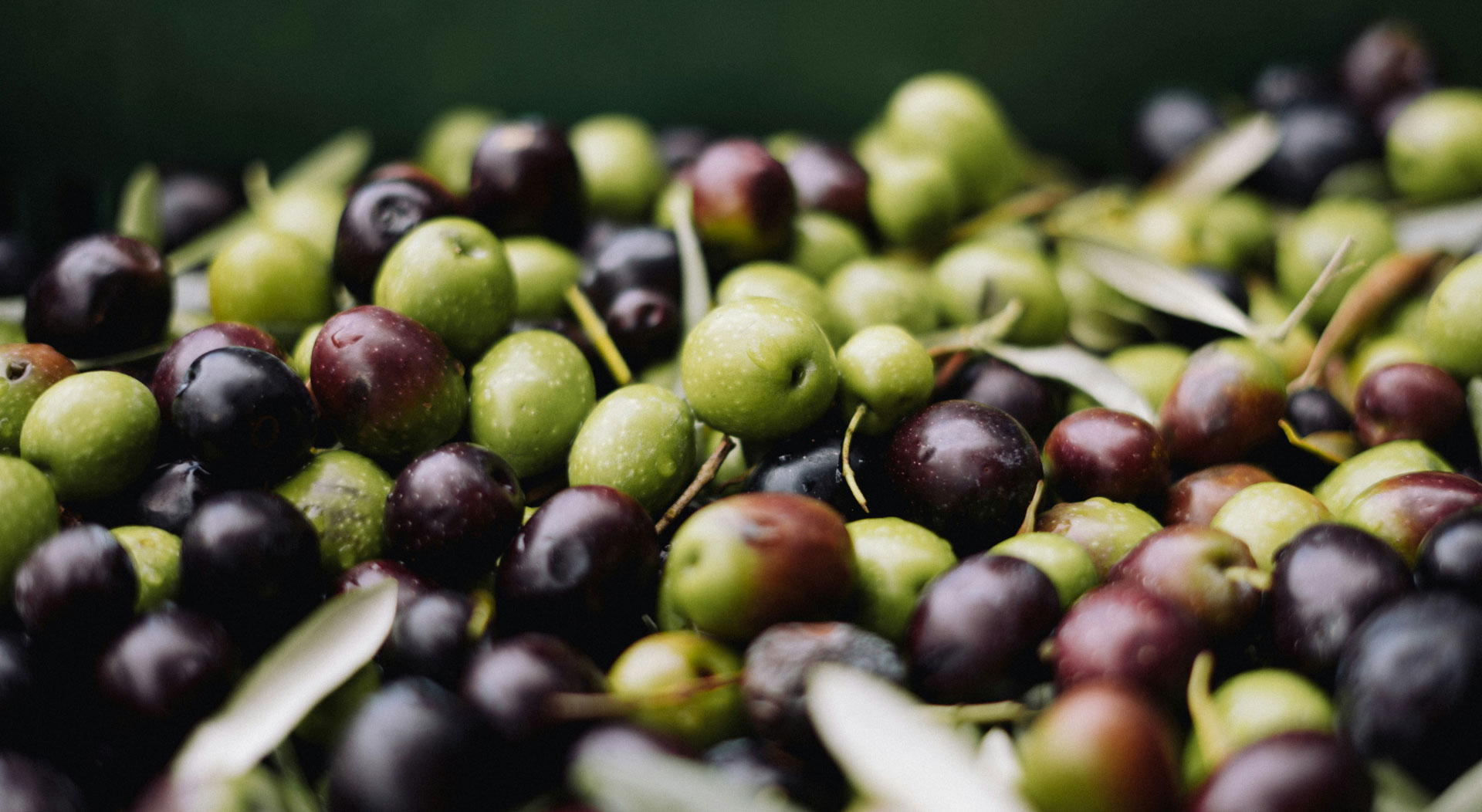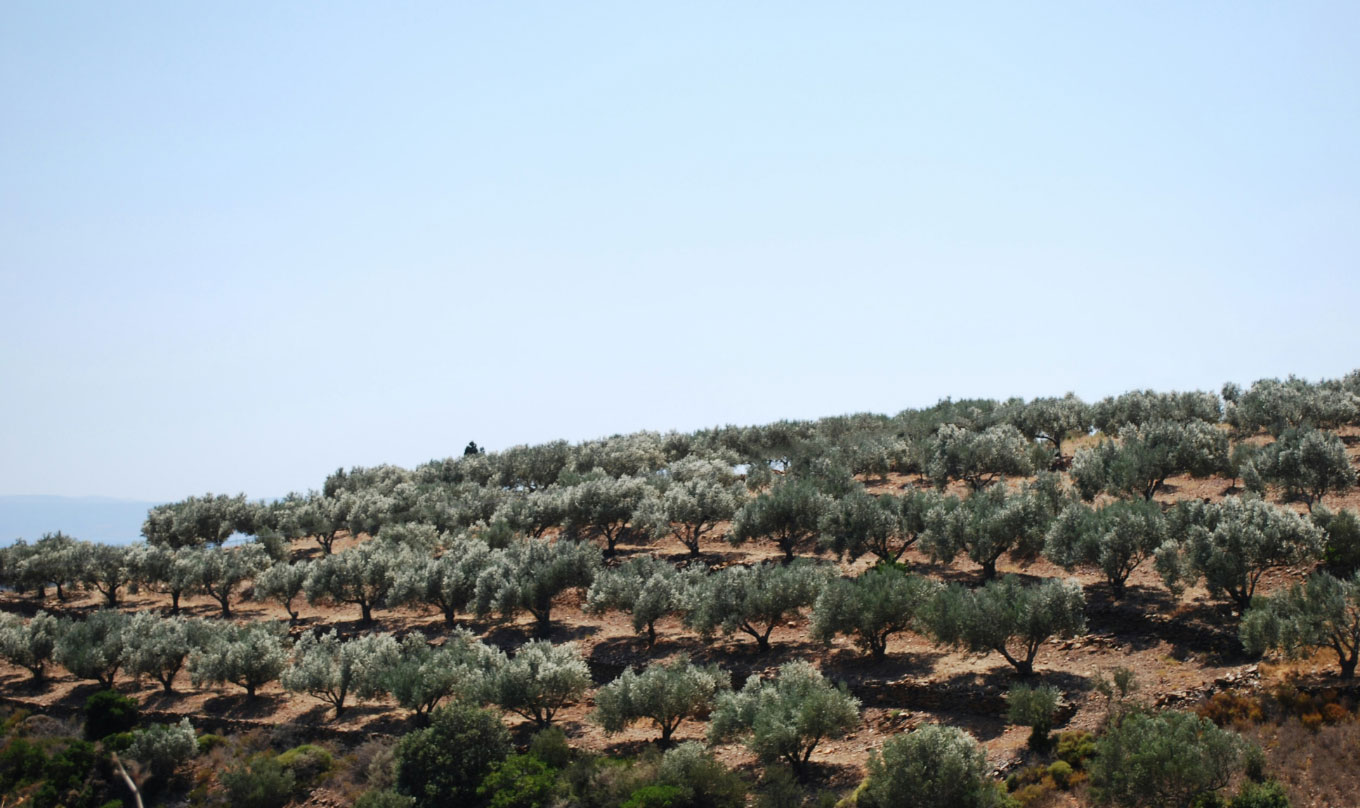 06.06.24
06.06.24
Olive Oil Categories
Explore the main categories of olive oil, defined by distinct production methods and chemical parameters, essential for assessing their quality and suitability in various uses.
read more
To properly categorize olive oil, you need to taste it as well as analyze it chemically. In fact, olive oil is the only food that must be evaluated by a trained and certified tasting panel to confirm its quality category.
To earn the label Extra Virgin, the olive oil must show zero taste defects and at least a hint of fruitiness. Even a subtle aroma of fresh olives is enough.
Taste defects can appear during many stages of production. For instance:
Olive fruit issues: pests like the olive fly or damage from freezing weather.
Harvesting problems: dirt, moisture, or delays before milling.
Milling issues: dirty equipment or overheating during processing.
Storage faults: oxidation or degradation caused by poor storage.
To taste olive oil properly, you need to understand how flavor works. Your tongue only detects five basics: sweet, salty, sour, bitter, and umami. Everything else we call “flavor” actually comes from smell, especially through retronasal perception—when aromas rise into your nose while food is in your mouth.
Let’s see the tasting method step-by-step:
Pour about two tablespoons (25–30 ml) of olive oil into a tasting glass (olive oil glass, white wine glass, or even a cognac glass).
Warm the base with one hand while covering the top with your other hand to trap aromas.
Swirl the glass for 30–60 seconds so that the olive oil coats the sides.
Smell it by quickly sniffing, then taking a deep inhale to find fruity notes.
Sip a small amount. Keep your mouth closed and draw in air through your teeth, first gently, then more strongly, while exhaling through your nose. This highlights bitterness.
Evaluate by either spitting or swallowing. Both let you continue judging the oil.
Feel the finish: high-phenol olive oils cause a tingling or coughing sensation in the throat. This is the pungent attribute and signals quality.
Fruity: Aroma of fresh olives, perceived directly and retronasally.
Bitter: Taste from green or ripening olives, sensed on the back of the tongue.
Pungent: Peppery, throat-tingling sensation from young, high-phenol oils.
Astringent: Dry, puckering mouthfeel.
Buttery: Smooth and creamy texture.
Floral: Fragrance of flowers or perfume.
Forest: Fresh, earthy aroma (not dirty).
Fresh: Clean, vibrant, not oxidized.
Grass: Smell of freshly cut grass.
Green: Sharp flavor of unripe olives.
Harmonious: Balanced, with no overpowering notes.
Herbaceous: Reminiscent of fresh herbs.
Fusty/Muddy Sediment: From olives stored too long or oils left on tank sediment.
Musty-Humid-Earthy: From moldy or dirty olives stored in humid conditions.
Winey-Vinegary: Sour, from unwanted fermentation.
Acid-Sour: Caused by dirty olive mill equipment or poor processing.
Rancid: Stale, oxidized taste.
Frostbitten (Wet Wood): From olives damaged by frost.
Heated/Burnt: Result of excessive processing heat.
Hay-Wood: From dried olives.
Rough/Greasy: Thick, heavy, or diesel-like taste.
Vegetable Water: From prolonged contact with fermented water.
Brine: From olives stored in brine before pressing.
Metallic: From contact with reactive metal surfaces.
Esparto: From contact with bags made from esparto.
Grubby: From olive fly larvae damage.
Cucumber: From long-term storage in tins, causing chemical off-flavors.
Olive oil tasting isn’t just for experts. By practicing these steps and learning to spot both positive traits and defects, you can confidently judge the quality of your olive oil. Plus, you’ll gain a deeper appreciation for one of the world’s healthiest and most flavorful foods.
Sources:
http://www.internationaloliveoil.org/
http://www.wikipedia.org
http://www.oliveoilsource.com
 06.06.24
06.06.24
Explore the main categories of olive oil, defined by distinct production methods and chemical parameters, essential for assessing their quality and suitability in various uses.
read more 04.06.24
04.06.24
Learn how to choose the best olive oil with tips on category, extraction methods, origin, and storage practices to preserve its quality and flavor.
read more